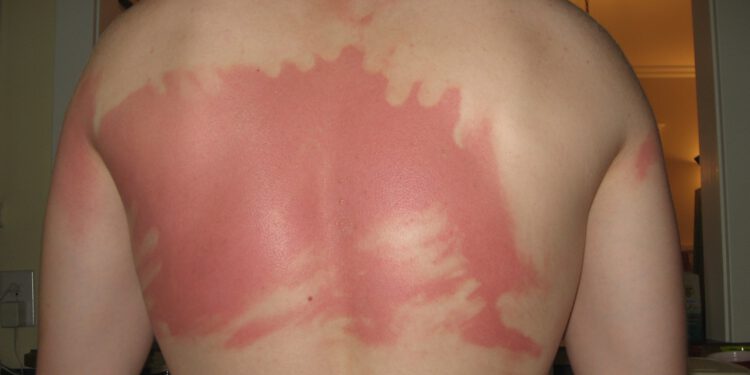A team at Stanford University has created an artificial intelligence algorithm that diagnoses skin cancer.
The applications of artificial intelligence in medicine are multiple. This technology has the potential to streamline diagnostics and prescribe personalized treatments. There are hospitals that have implemented systems of this type, such as some in the United States with IBM’s Watson supercomputer. The goal is to free doctors from time-consuming tasks. Needless to say, this is in exchange for obtaining an accuracy equal to or greater than that of a specialist.
Thus, in the case of the IBM supercomputer, it has been installed in several medical centers of the United States and Canada to seek the most appropriate treatment for certain cases of cancer. It’s a consolidated example of what artificial intelligence can do. Another is the one developed by a team of scientists from Stanford University.
Researchers looked at skin cancer and created an algorithm capable of diagnosing it accurately. The software falls within the category of deep learning, a field within the marchine learning, which allows a machine to deduce results from the combination of information with which it has been nourished. That is, the system combines the patterns it finds in the data it has and makes deductions.
The diagnosis of skin cancer requires very high precision. It is a complex process, because there are many types of skin lesions, and there is a lot at stake. So, Stanford scientists decide use deep learning technology, a step beyond machine learning. Here the learning is more enriched, it goes in layers.
Those responsible for the investigation introduced a huge database into the system. It’s about images. From them the algorithm had to know tell if in a new image there was cancer or not. Since there was no database made with images of skin cancer, scientists had to collect images from the Internet, with different light and at different angles.
By entering the images into the algorithm scientists sorted pixels with a tag. It is a method to allow the software to work by layers, comparing basic information, such as pixels, with more general patterns, extracted from the images as a whole.
Once the algorithm was developed and trained, the tests were done. The result was artificial intelligence software that diagnoses skin cancer almost as accurately as accomplished dermatologists. System diagnoses were compared to those of 21 dermatologists at Stanford Medical school. Machine obtained 91% accuracy compared to doctors. Here we count both knowing when there was cancer and not having false positives.
Images: maxually and sean dreilinger









